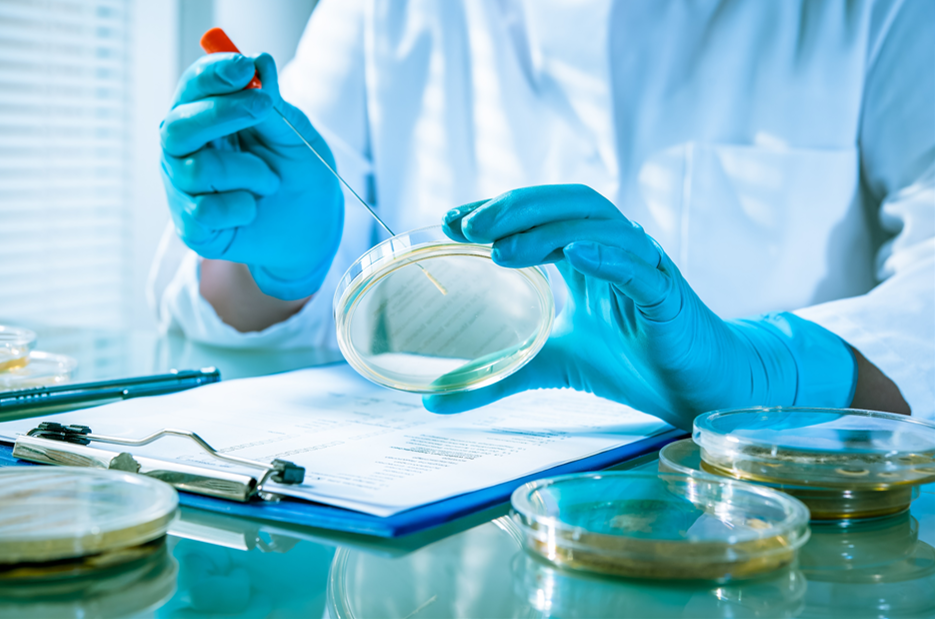- The scientific study of microorganisms:
- Bacteria
- Fungi
- viruses
- Microorganisms can grow from a single cell (the origin)and live in the air and on surfaces.
- They survive based on the environment, condition, and nutrients that are available. Some can grow with oxygen (aerobic) and some can grow without oxygen (anaerobic).
- They favor habitat that is warm and moist
- Some of them multiply within 20 minutes, but most of them need few hours. This is called the incubation time.
- Their sizes are too small to see with the naked eye, they can be seen only by using scientific methods, such as Culturing, Microscopes, and Genetic/Molecular Biology. These methods take a few days to get results.
- They keep nature clean by removing toxins from water and soil, and degrade organic matter from dead plants and animals.
- In human they help to balance bacteria level in the digestive system.
- They play a critical role in the environment we are living in. However, some of them are harmful
- Some microorganisms are pathogenic and due to their size, they have a massive impact on our life and the products we make. Therefore, Sterilization Process is very important in production operation.
Example of Pathogenic Microorganism:
- E. coli – diarrhea
- S. aureus – skin/solft tissue infection
- Salmonella enterica/typhi – typhy fever, nausea, and vomiting.
- P. aruginosa – skin/soft tissue infection
- B. subtilis – lung infection
- C. albican – yeast infection
Potential sources of contamination in manufacturing:
- Operator
- Process
- Environment/Housekeeping
- Incoming raw material
This table classifies some typical contaminants by size.

Regulatory and Standards
Per government regulation and standards : FDA, European, ISO-13485 and ISO 14698 Standards, Microbiologists are required to assess cleanroom and control environments for contamination and introduce contamination strategy on pharmaceutical/medical device products
Contamination control
- Employees are required to follow Quality Control Procedure/GMP at all time.
- Gowning.
- Hand washing.
- Personal hygiene.
- Sterilization/Cleaning process.
- Environmental monitoring
- Viable air and surface monitor testing
- High efficiency particulate air (HEPA) filter/air lock
- High energy UV-light units to kill microbial that trapped by the filter media.
- Flooring system are in good condition
Biocontamination Hazard Analysis and Control Plan.
Do you need any help?
The biocontamination hazard assessment identifies any gaps to current manufacturing practices that individually or combined may lead to unacceptable biocontamination of the diagnostic device and thus affecting the required performance.
At Q6consulting, our mission is simple: We are here to share our expertise to help your business succeed. We have a hands-on and straightforward approach to tackling your business needs.


